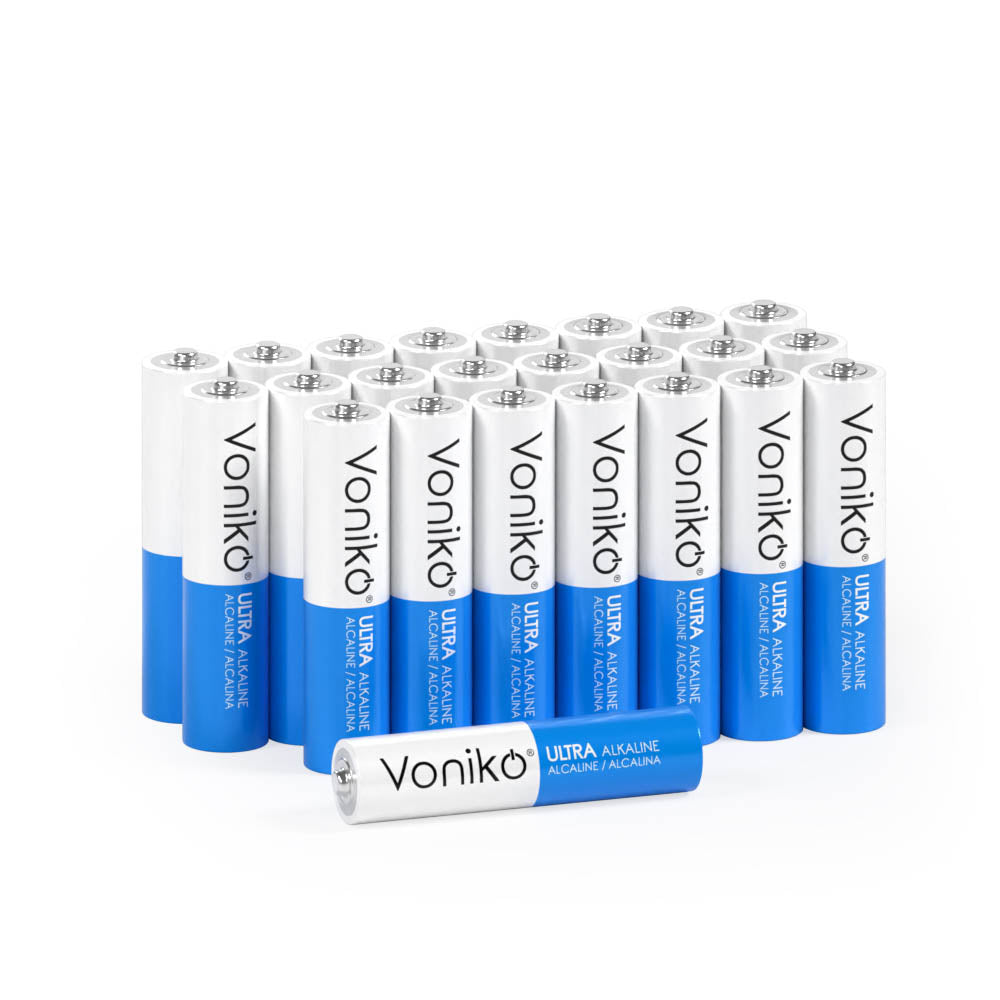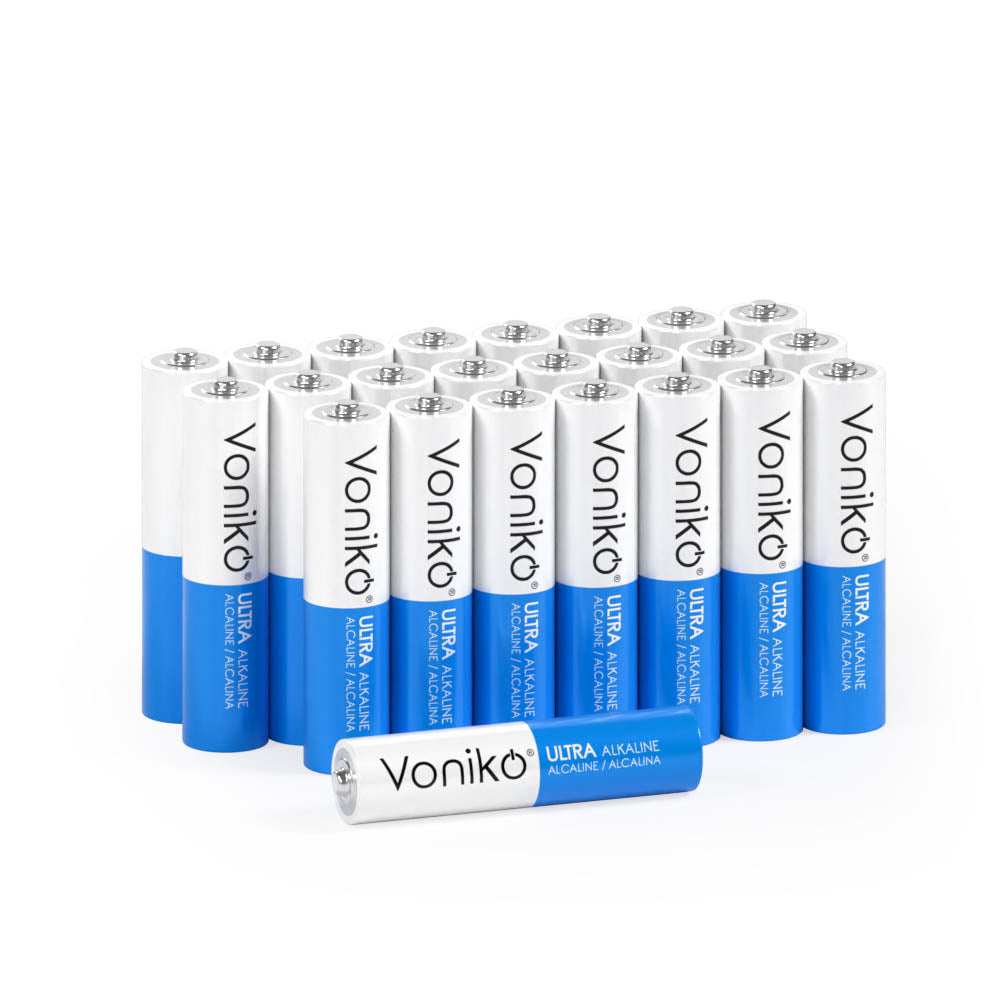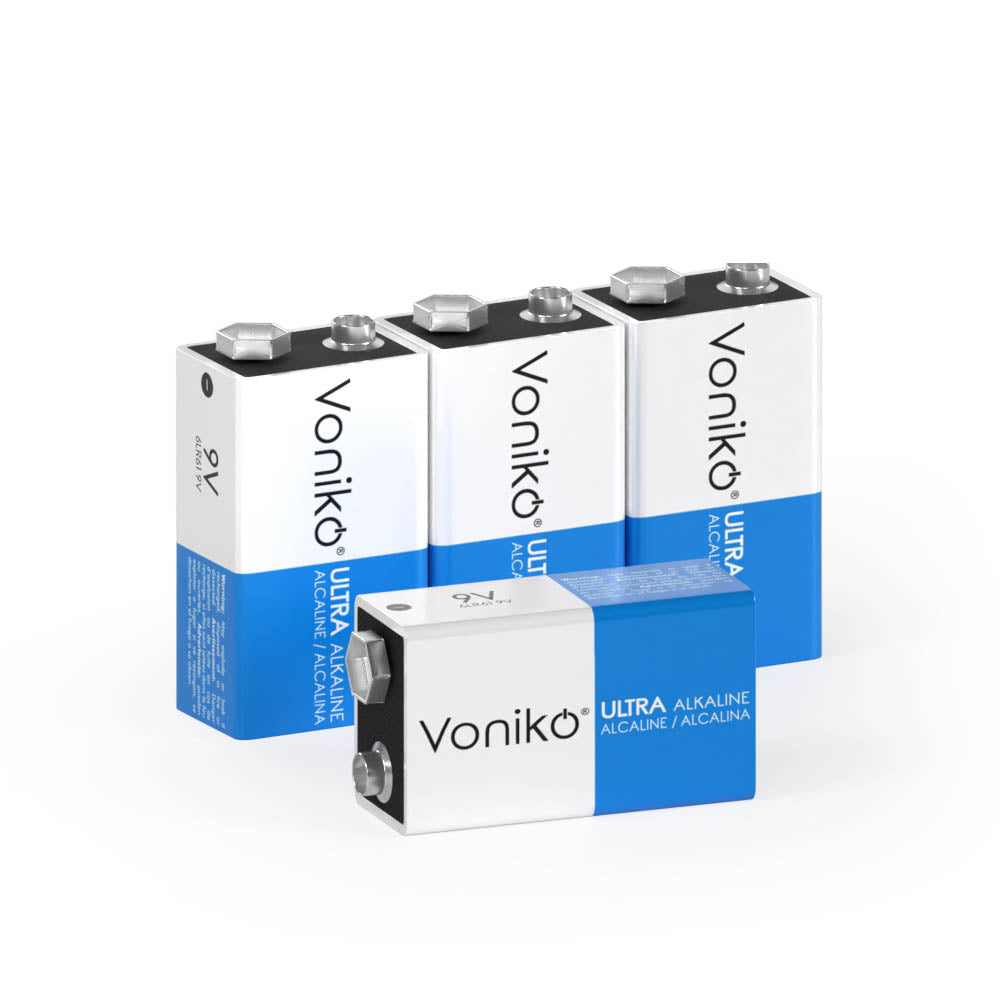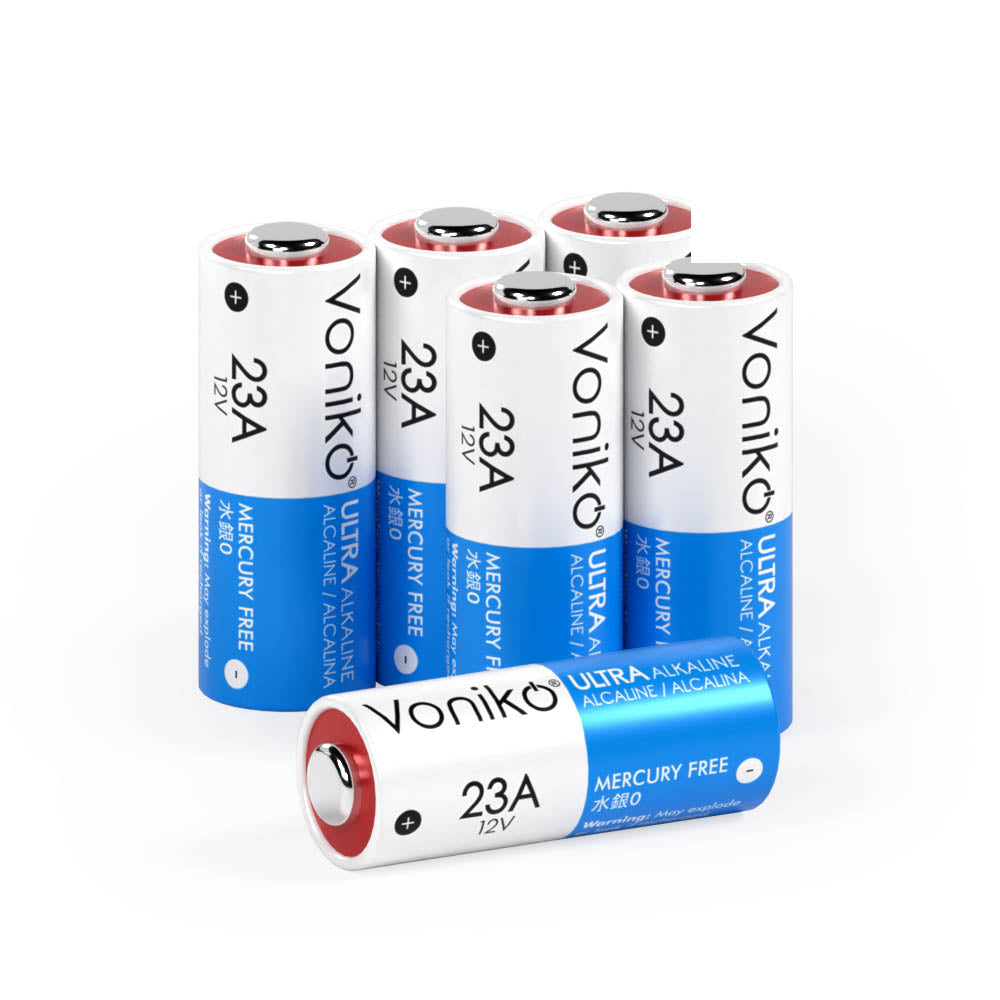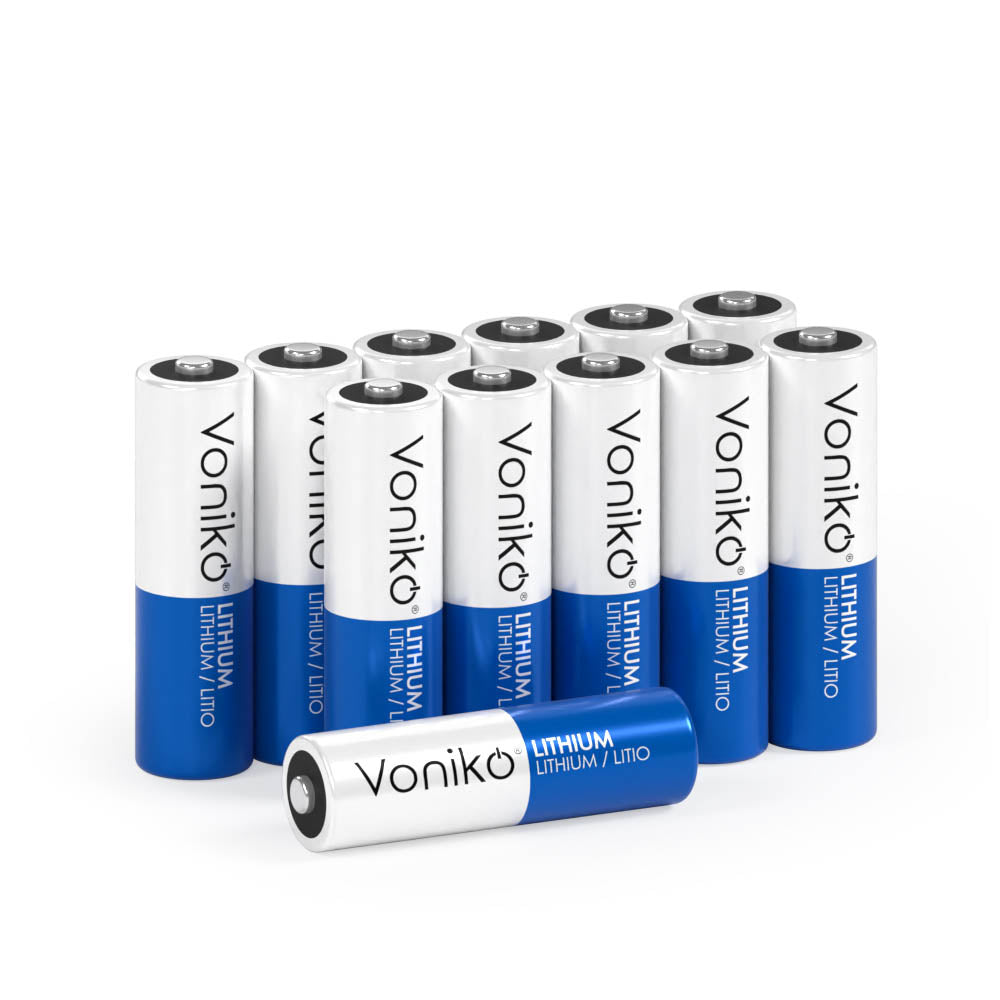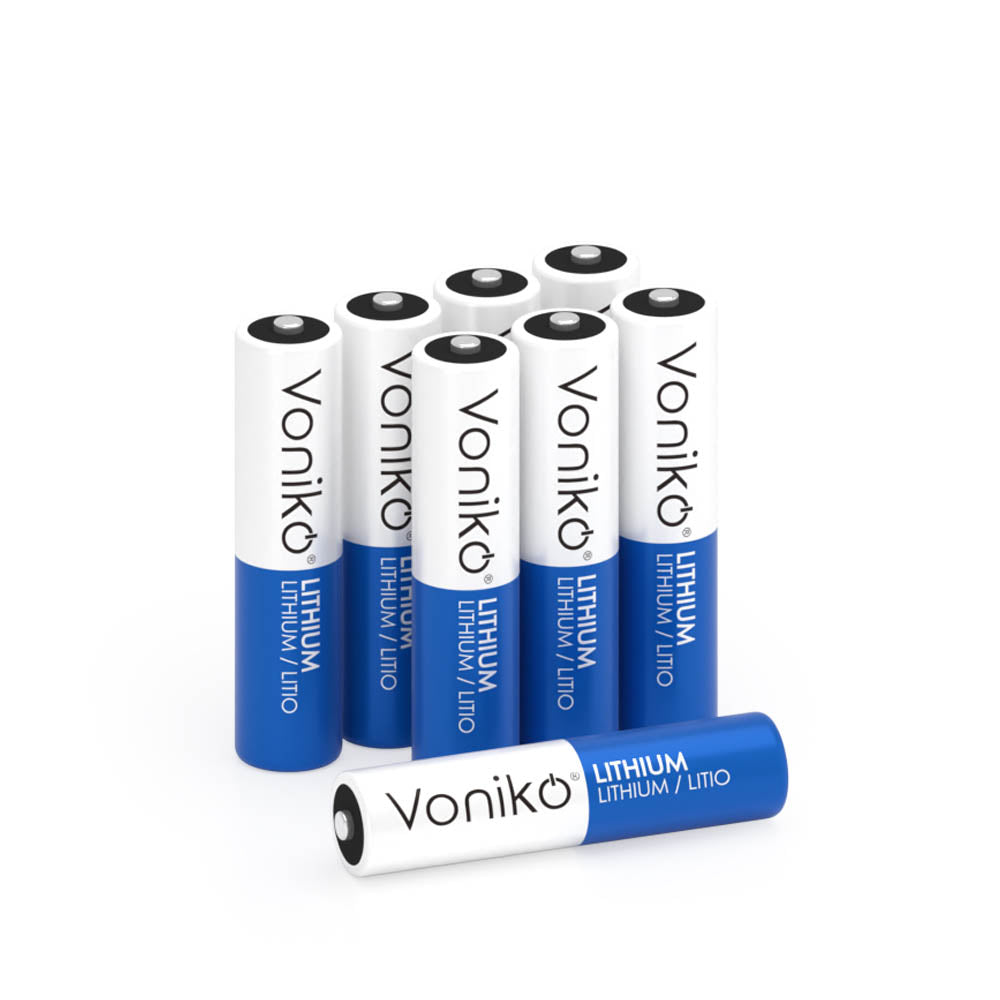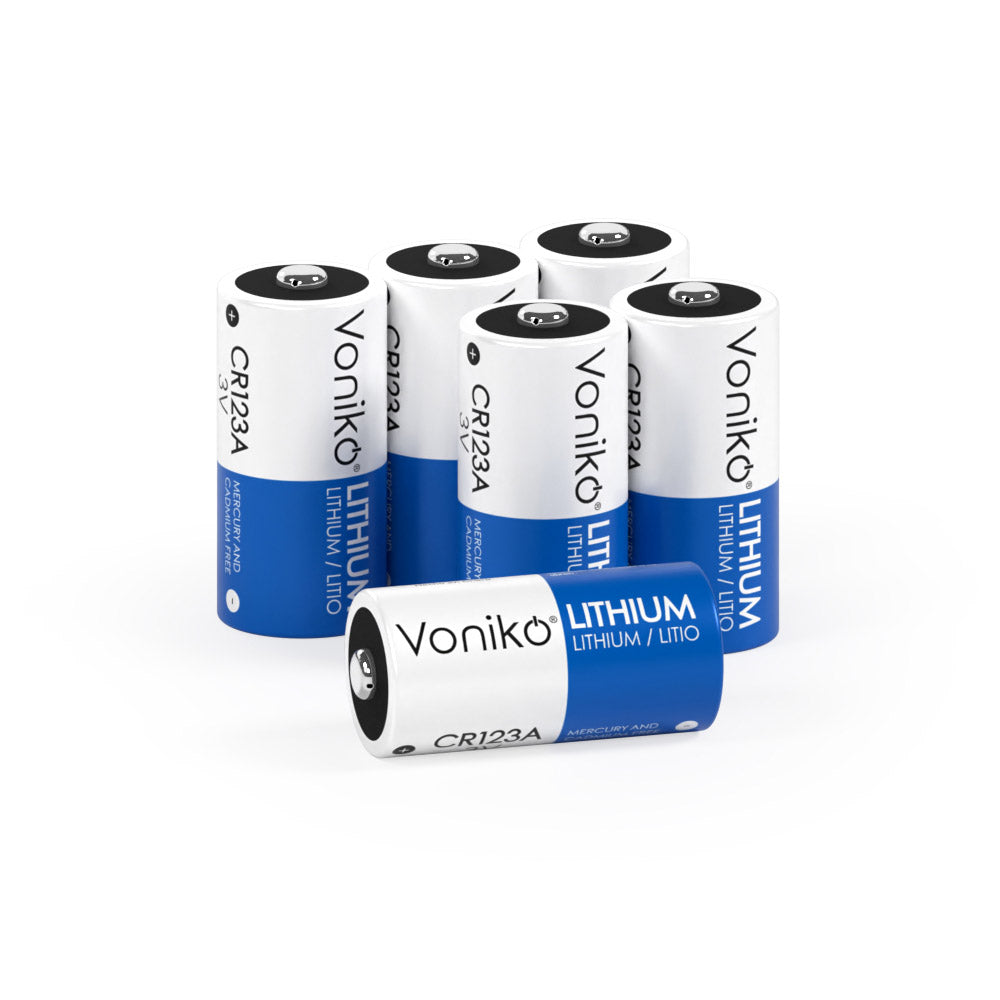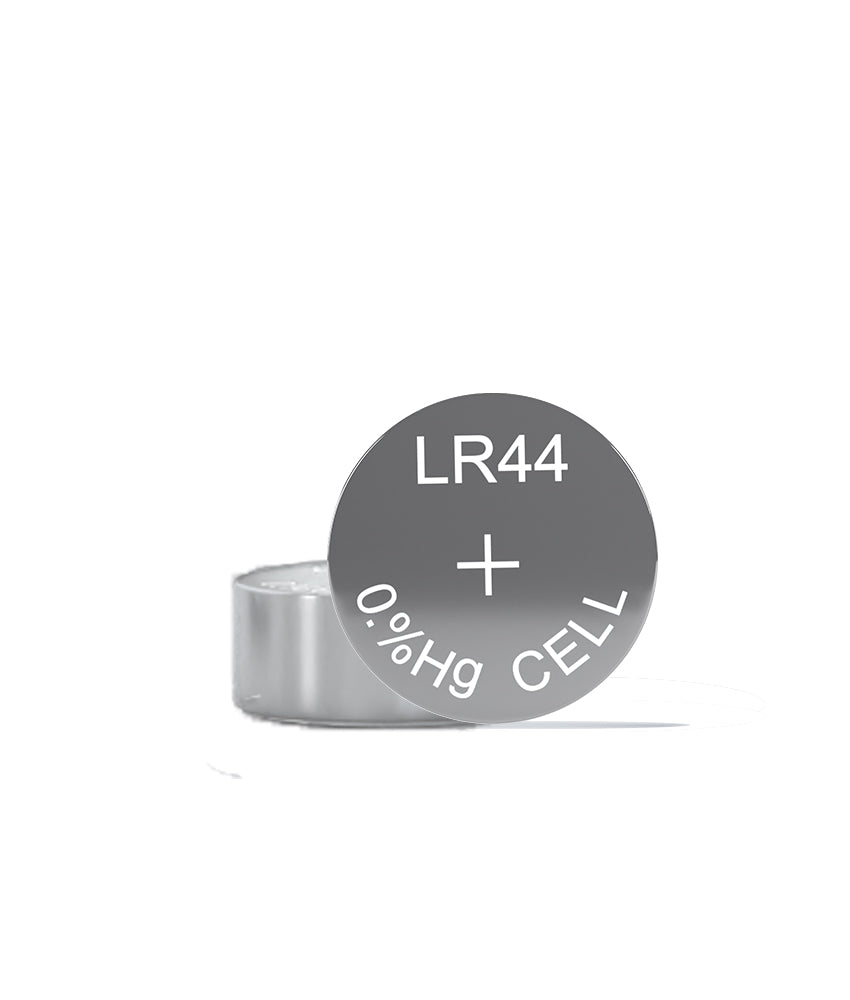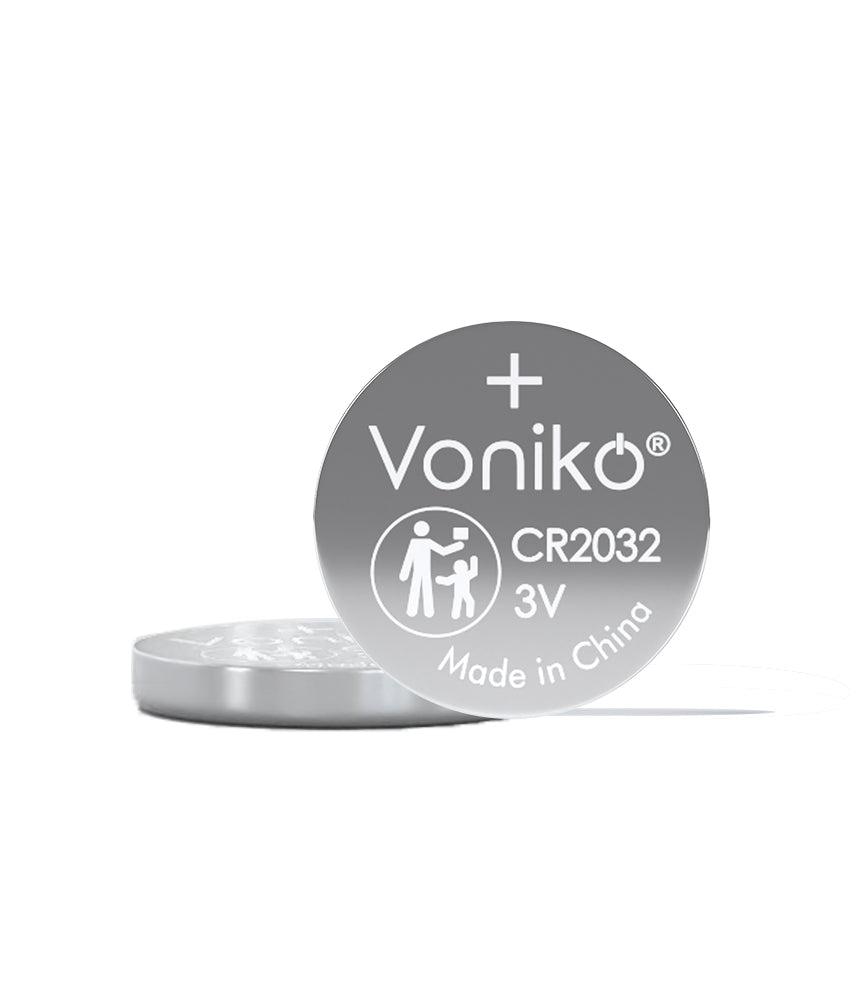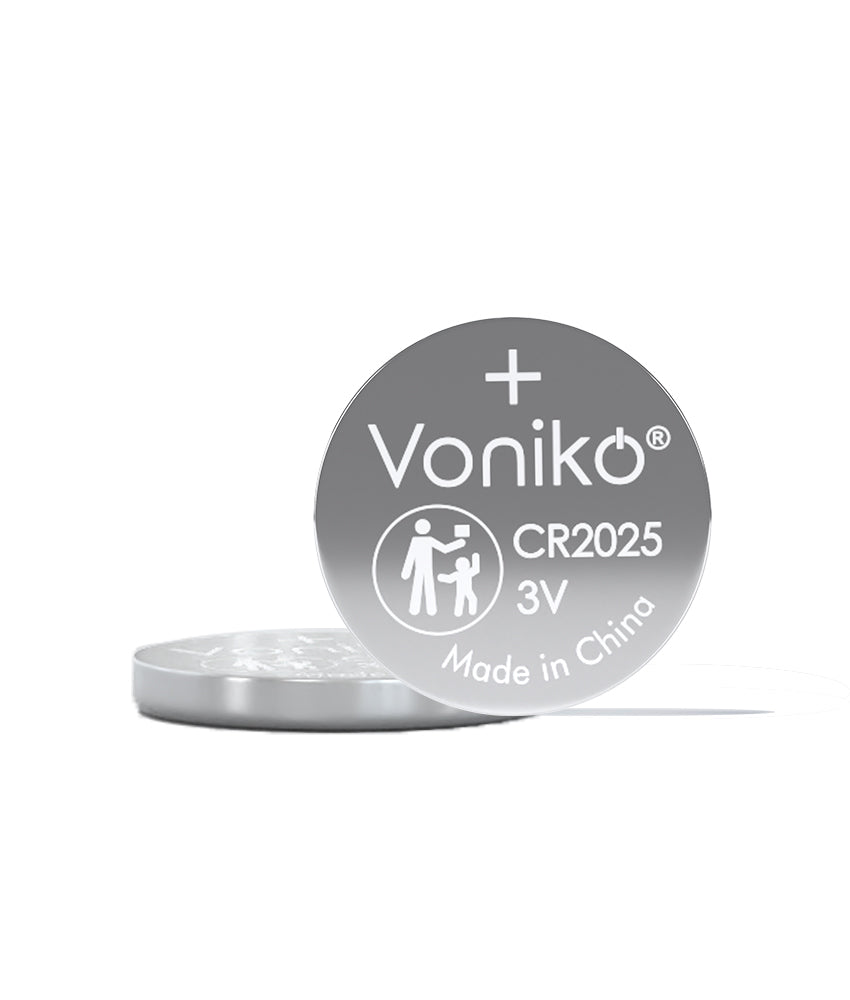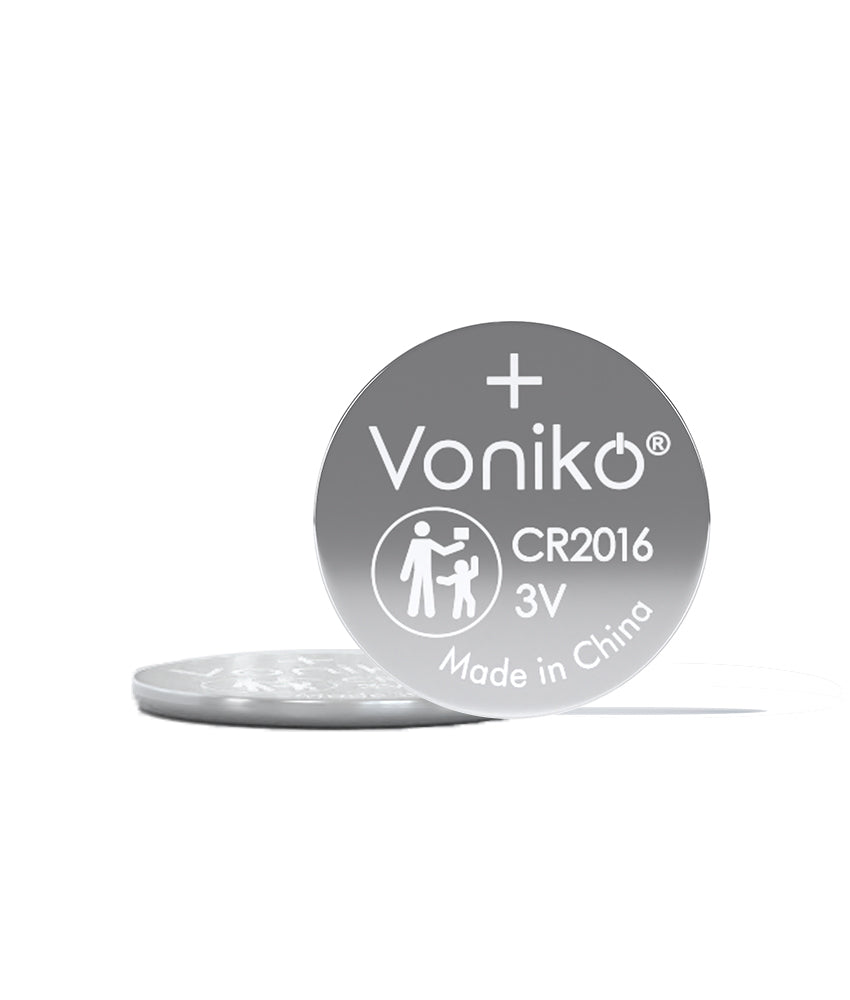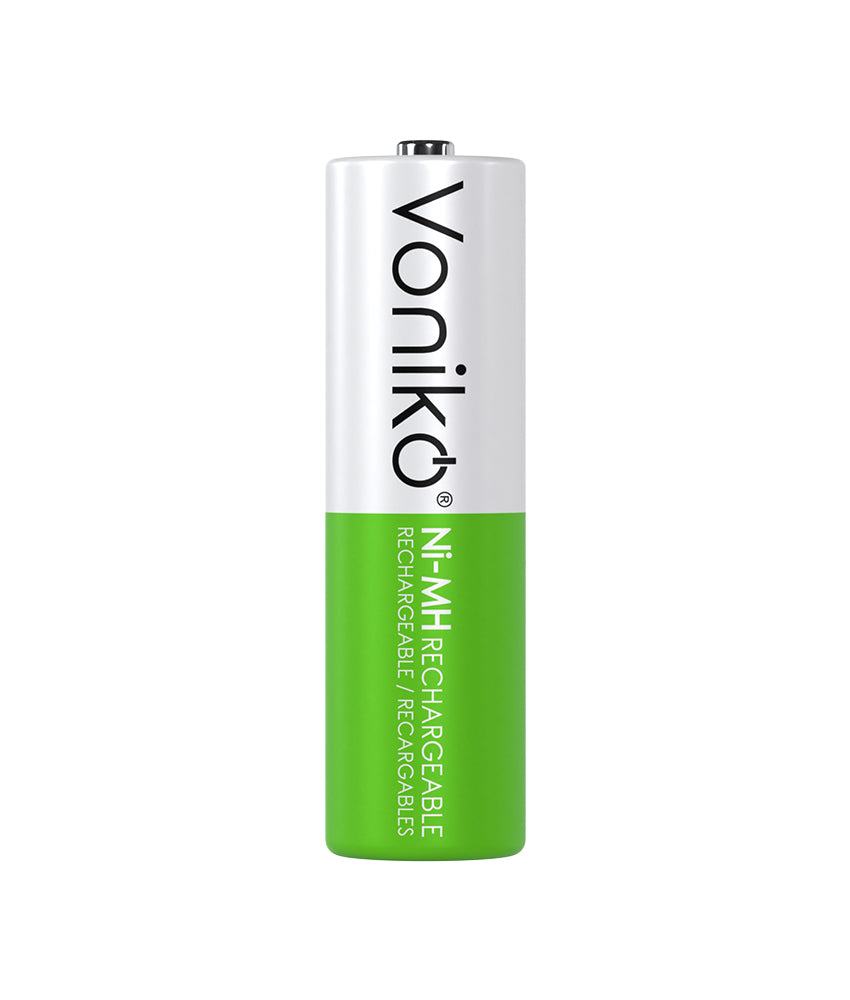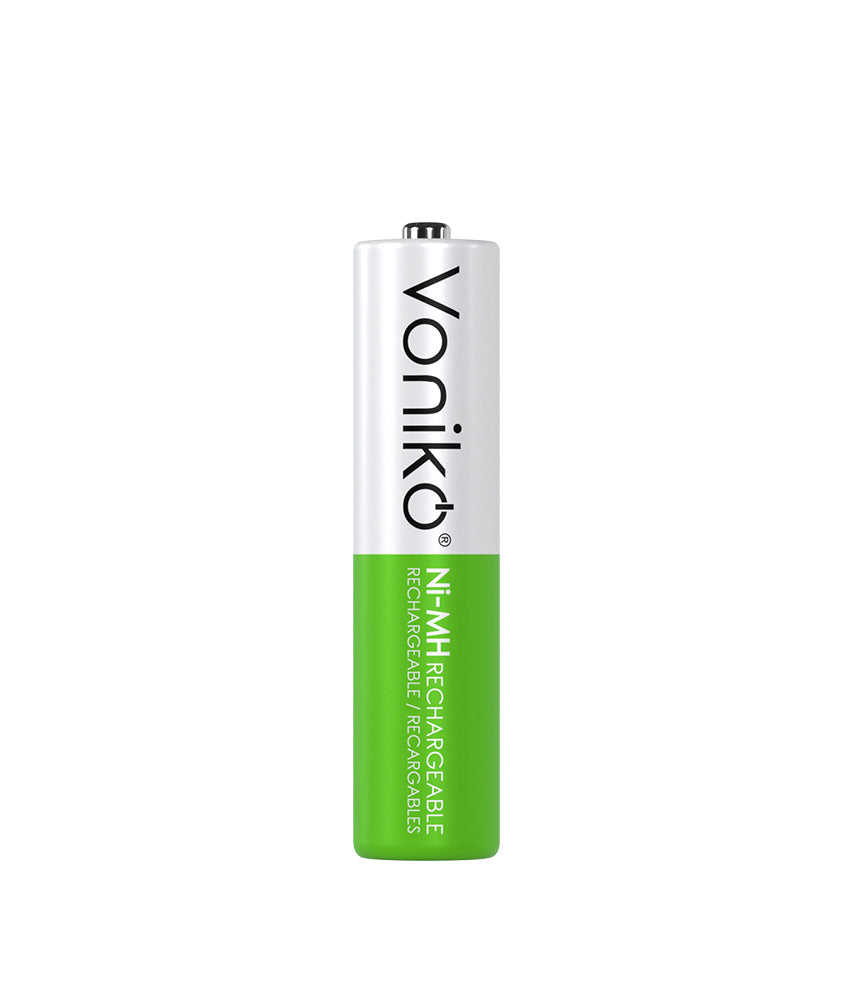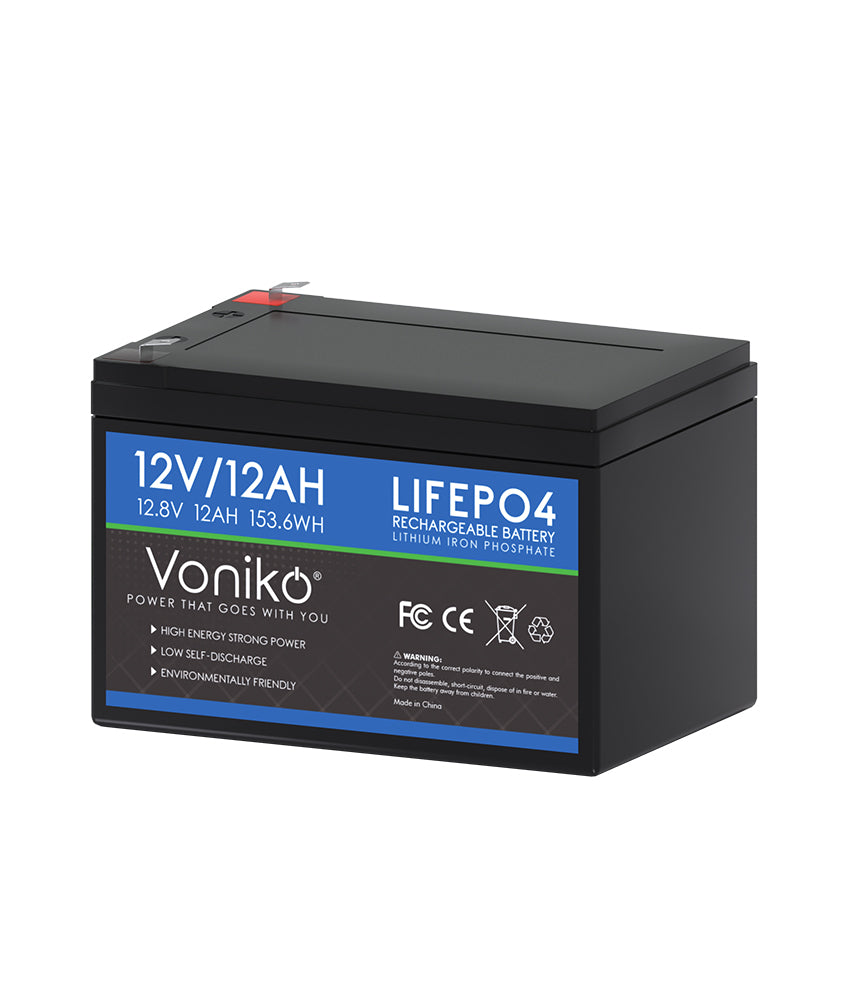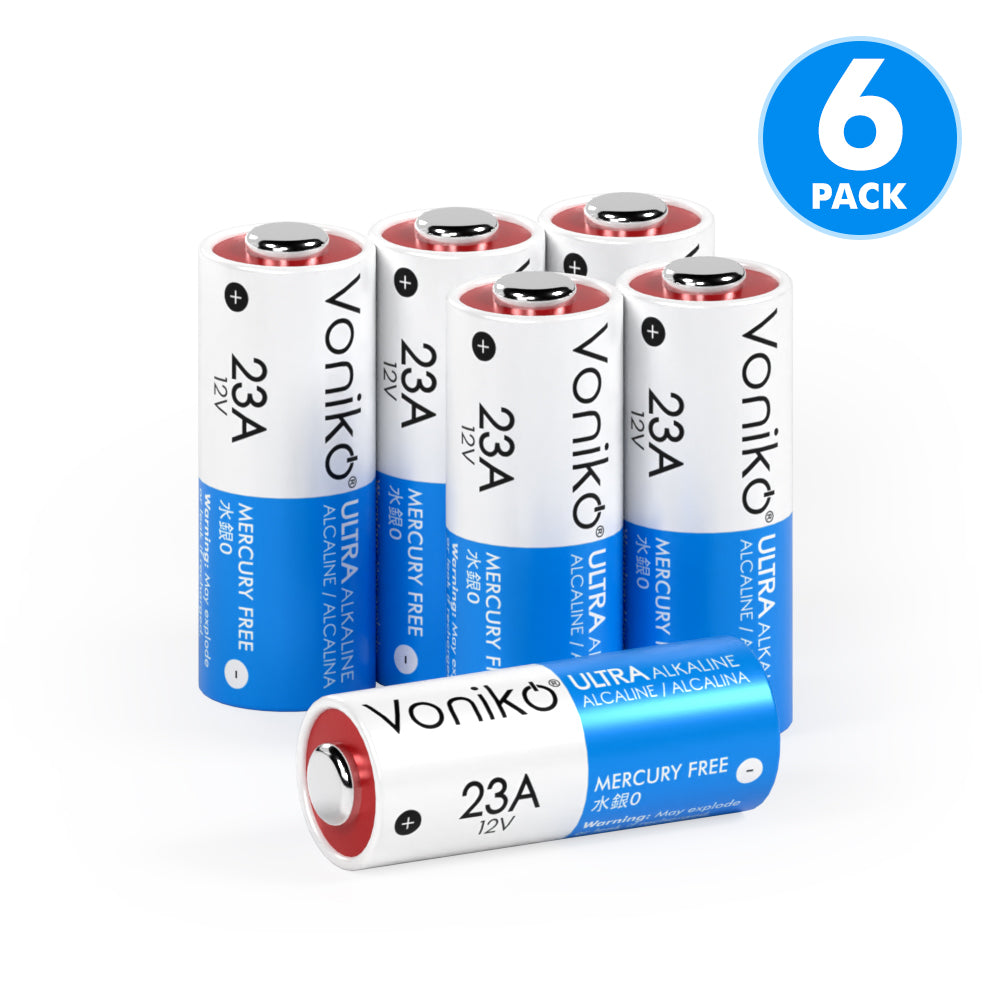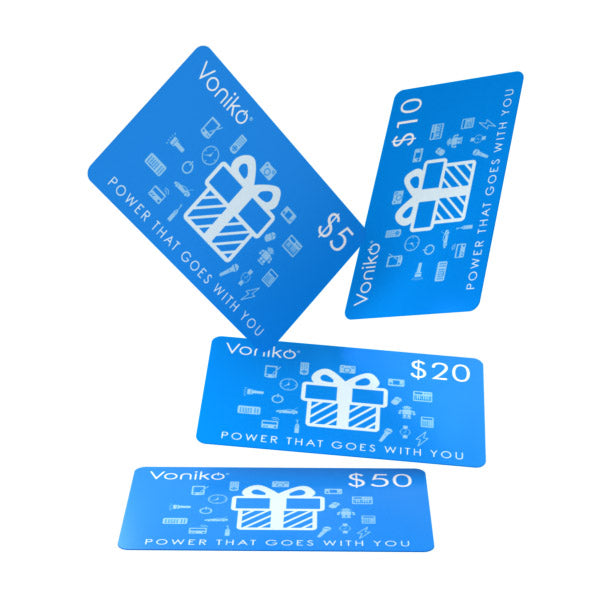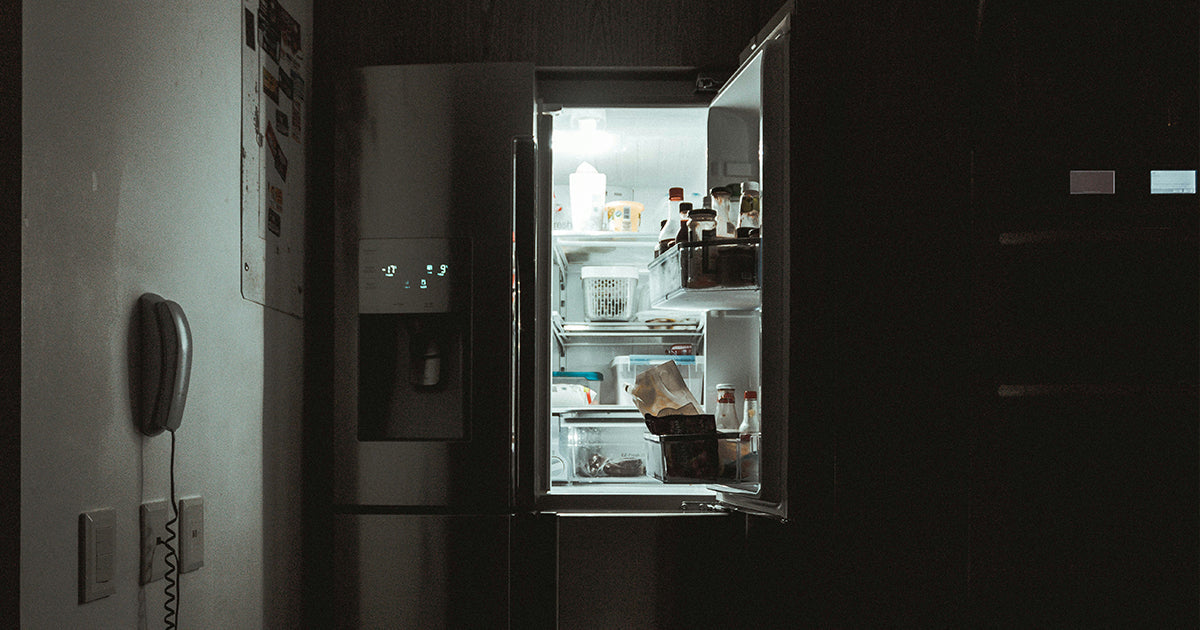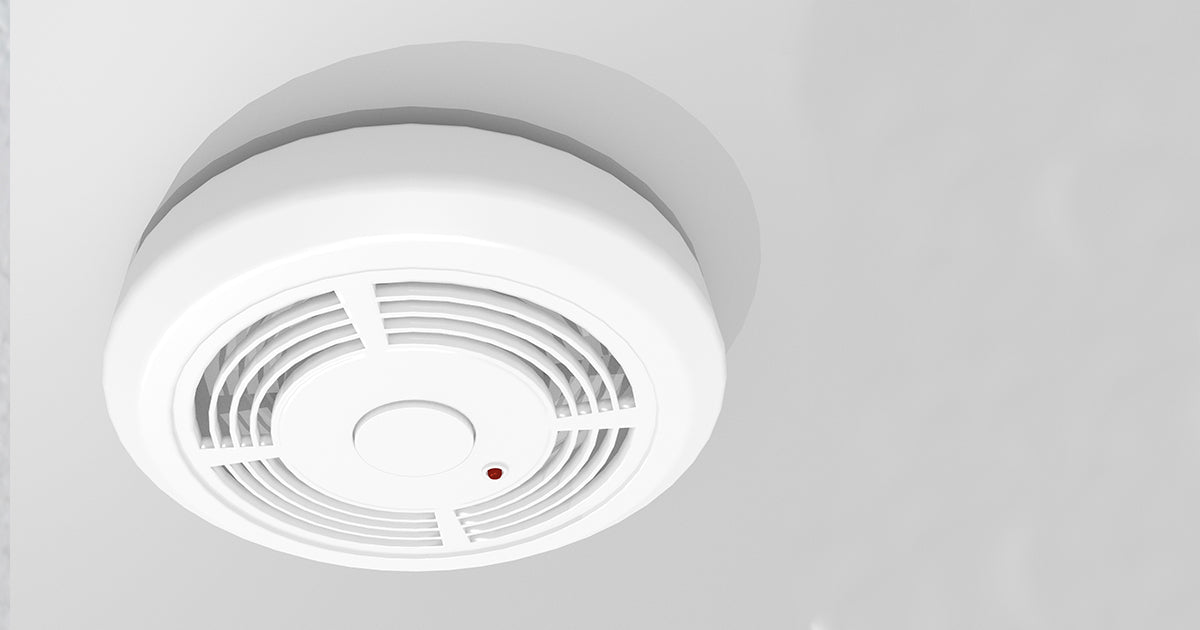One of the most common reasons your remote key fob isn't working is a dead battery. Over time, the battery inside the fob depletes, rendering the remote useless. Replacing the battery is usually a straightforward fix and can often be done yourself with minimal tools.
Replacing the battery in your remote key fob is a simple task that requires only a few tools and a bit of patience.
Here’s a step-by-step guide to help you through the process:
Step 2: Open the Key Fob
- Locate the Seam: Most key fobs have a seam along the sides where the two halves of the casing meet.
- Insert the Tool: Use your flathead screwdriver or prying tool to gently insert into the seam.
- Pry Apart: Carefully twist the tool to separate the two halves of the key fob. Be gentle to avoid damaging the plastic casing.
From here, you'll remove the old battery, insert the new one, snap the key fob back together, and test to ensure it works.
Button Batteries for Car Keys
Lithium Coin Cells are small discs, ideal for low-drain, portable electronic devices such as key fobs/car keys, laser pointers, pocket calculators, implantable cardiac defibrillators, and artificial cardiac pacemakers. Lithium coin cells consist of lithium manganese dioxide chemistries (Li-MnO2), which account for 80% of the lithium battery market. By the way, they can't be charged and have high internal resistance.
Thinner variants are coin cells, while thicker ones are called button cells, right? As for its standardized name, let's check it by IEC (International Electrotechnical Commission) and ANSI (American National Standards Institute). For example, CR2032. C denotes the battery chemistry - Lithium. R for the battery shape - round. The three or four-digit reference numbers on the batteries indicate their size - 20mm in diameter and 3.2mm thick.
How to change batteries inside a key fob/car key?
BMW: https://www.youtube.com/watch?v=-MfVY-CkDyM
AUDI: https://www.youtube.com/watch?v=nQulfdQl3_U
TESLA: https://youtube.com/shorts/7_dXxuVNA_Q?si=jEmyTvE1ohQthQQS
Anti-swallowing packaging for Children’s Safety
Due to the small size, the loose button/coin cells are easy for children to pick up and swallow, which can lead to severe injury or death within a very short time for choking or tissue damage, which mostly occurs in children under 4 years old.
Precautions
* Keep cells inside original child-resistant safety packaging
* Keep loose or spare batteries locked away
* Stay out of sight or reach of children
Emergencies
* Call the 24-hour National Battery Ingestion Hotline (800) 498-8666
* Don't induce vomiting
* Don't eat or drink until the X-ray shows the battery is beyond the esophagus
* Report fever, abdominal pain, vomiting, or blood in stools immediately
Q&A – Battery Help
* What happens to lithium batteries on planes?
The FAA(Federal Aviation Administration) allows electronics with lithium batteries to fly in checked luggage or carry-on bags because of the risk of damage while jostling. Lithium batteries with more than 100 watt-hours may be allowed in carry-on bags with airline approval, but are limited to two spare batteries per passenger.
* How to dispose of lithium batteries?
For household disposal, many stores offer free recycling of rechargeable batteries. If no outlet is available around, it is safe to dispose of these batteries in the regular trash.
* How to dispose of broken lithium batteries?
Place the battery or device (one per bag) in a clear plastic bag and take it to the municipal household hazardous waste (HHW) recycling center. Do not place them in the trash for any reason.
Be safe, be happy, and let Voniko power your safety at home.

